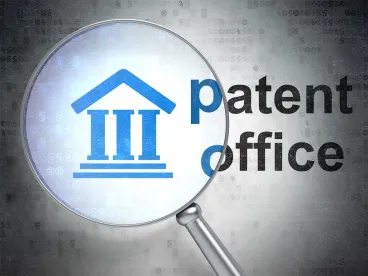In the first two post-grant review (PGR) decisions issued under the new post-grant procedures, the Patent Trial and Appeal Board (PTAB) on June 13, 2016, held that all of the challenged claims were unpatentable subject matter under 35 U.S.C. § 101 based on the Supreme Court’s opinion in Alice Corp. v. CLS Bank Int’l, 134 S. Ct. 2347, 573 U.S. __ (2014). See American Simmental Association v. Leachman Cattle of Colorado, LLC (PGR2015-00003; U.S. Pat. No. 8,660,888 B2) and (PGR2015-00003; U.S. Pat. No. 8,725,557 B1).
PGR petitions are only available to patents filed after March 16, 2013, under the “first-inventor-to-file” system of the America Invents Act (AIA) enacted Sept. 16, 2011, (Public Law 112 - 29 - Leahy-Smith America Invents Act). Importantly, not only can a PGR petition include challenges based on novelty (§ 102) and obviousness (§ 103), a PGR petition may also challenge the validity of a patent under 35 U.S.C. §§ 101 and 112, which are unavailable in inter partes review (IPR) petitions. PGR petitions, however, must be filed within nine months of the grant date of the challenged patent.
Here, both PGR petitions were filed by American Simmental Association over patents owned by Leachman Cattle of Colorado, LLC. The two challenged patents describe methods by which the genetic quality and relative market value of livestock may be determined by a rancher.
The petitioner argued that the claims were directed to a fundamental principal of determining an animal’s relative economic value based on its genetic and physical traits, which it claimed was an ineligible abstract idea under § 101. The patent owner disagreed, arguing that the petitioner overly generalized the concept of the invention. According to the patent owner, the invention was directed to a system that provides, through the aggregation of data, a scorecard with an accurate estimation of the livestock’s monetary worth.
In determining whether the claims were unpatentable under § 101, the PTAB laid out the two-step framework set forth under Alice. First, a determination must be made whether the claim is “directed to” a patent-ineligible abstract idea. If so, the board must then analyze whether the additional elements of the claim transform the nature of the claim into a patent-eligible application of the abstract idea, or whether the elements of the claim amount to “significantly more” than the abstract idea itself.
After analyzing the express language of the claims and the specifications, the board agreed with the petitioner that the claims were largely directed to applications of mathematical formulas and algorithms, and therefore were directed toward a patent-ineligible abstract idea. The PTAB then held that the claims’ mere recitation of generic computer hardware used in a conventional manner was insufficient under Alice to transform the patent-ineligible abstract idea into patentable subject matter. Although the patent owner attempted to insert substitute claims into the patent during the PGR proceeding, the board denied that request, holding that the substitute claims were ineligible under § 101 for the same reasons.
With respect to the petitioner’s obviousness challenges based on the combination of a prior art system and a printed publication, the board held that the petitioner did not meet its burden with respect to any of the combinations relying on the prior art system because the petitioner failed to present sufficient evidence corroborating the date of the system. With respect to certain other claims, however, the board noted that the lack of corroboration was not fatal to the petitioner’s obviousness case since some of the petitioner’s challenges included alternative arguments based on the prior art publication alone. After conducting its analysis, the PTAB determined that the petitioner met its burden in showing that certain claims were obvious over the single prior art publication.
Given that the board’s first two historic PGR decisions are viewed as generally favorable to patent challengers, PGR petitions are likely to be fertile ground for invalidity challenges for newly issued patents, especially where additional grounds for invalidity, such as novelty, obviousness, and enablement/definiteness, are sought to be raised.



 />i
/>i

